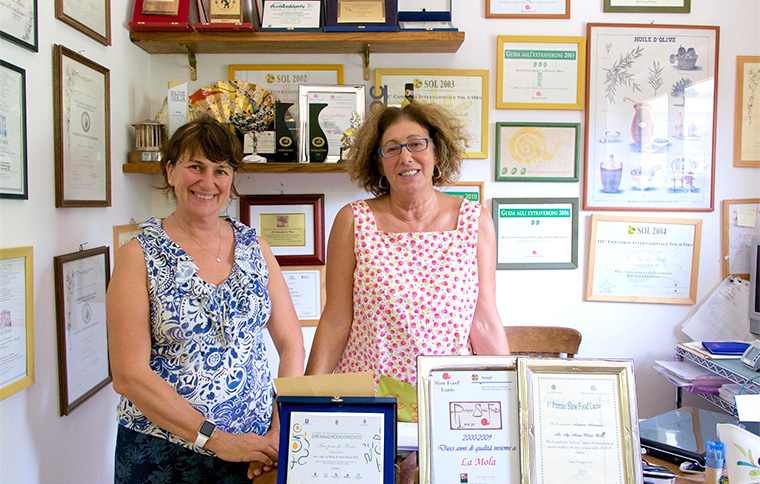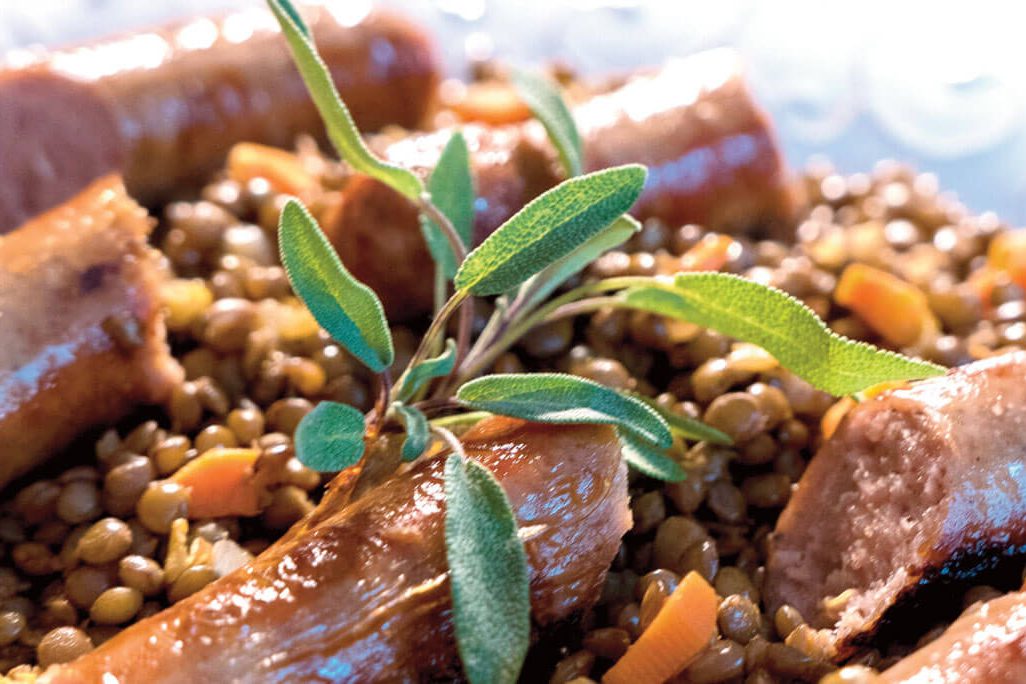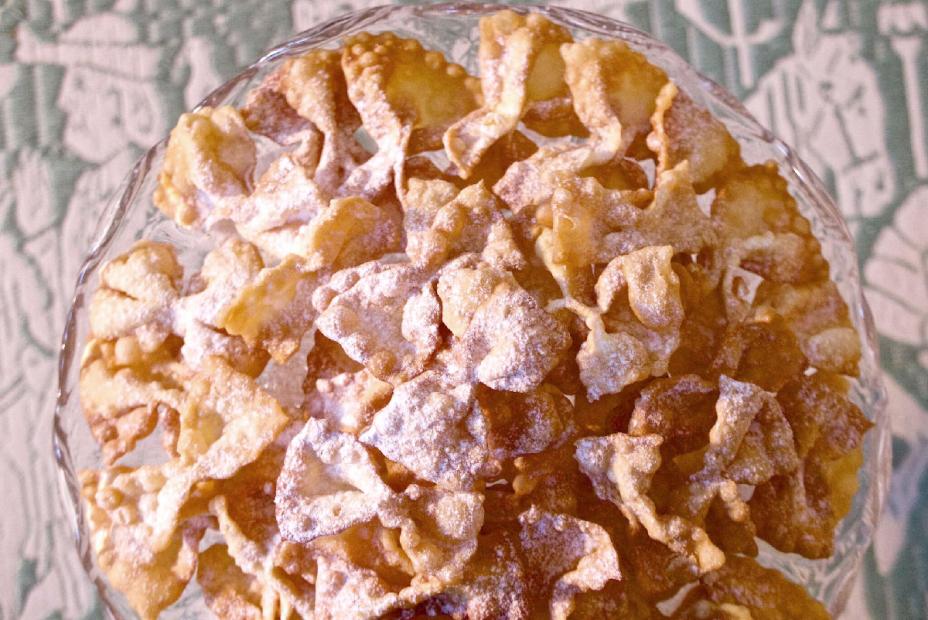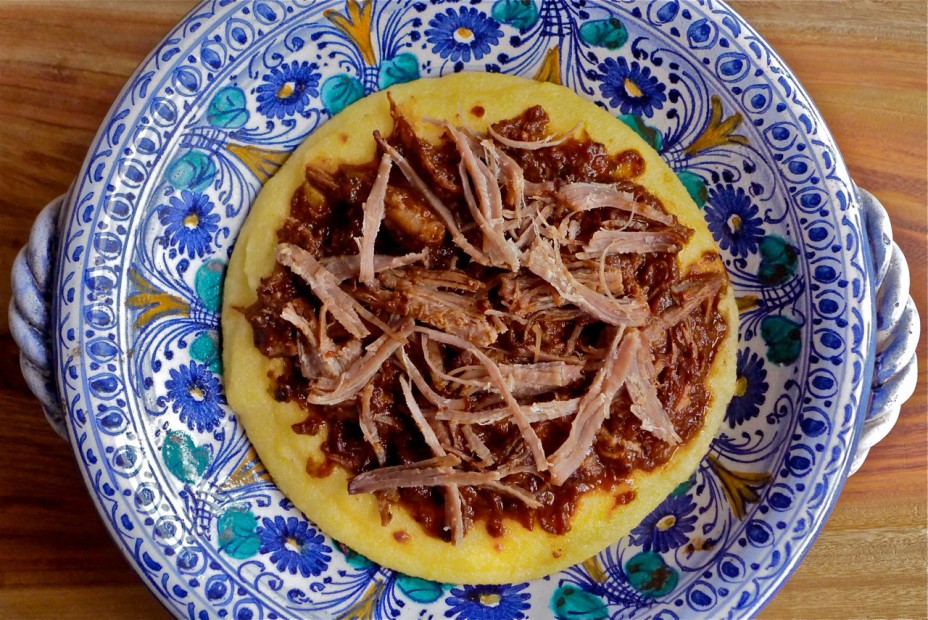As I wrote in my last column, we are on the road traveling Italy’s nooks and crannies this summer en route to my cooking school in Umbria. Rome was our first stop but despite her spell, the sweltering heat drove us north toward the Lazio countryside.
Central Italy, the ancient stomping grounds of the Etruscans, the pre-Roman people who called their land Etruria, has always captivated me. Theirs was a civilization that was highly developed, reaching its apex of wealth, power, and culture when the Palatine Hill was populated by shepherds. They laid the foundations of Rome and planted the region’s valleys with the same mother crops that are grown in Lazio today, particularly olives and grapes. Food and wine were considered more than mere sustenance; in their view, they were sacred vehicles that transmuted the soul from the material life into the eternal, providing pleasure during the journey. It was the Etruscans who learned to crush the olive fruit for oil. Then as now, the kitchen of Etruria was based on olive oil, both for cooking and for flavoring food. Then as now, the oil was considered sacred.

Such were my thoughts as we drove through the lush valleys carpeted with the silver-green trees as far as the eye could see, and somehow, I wanted nothing more than to taste their oil to make a connection with that ancient world. As no doubt every olive oil lover knows, much of central Italy lost its olive crop to the dreaded olive fly last year, but I knew two olive oil producers from Farfa, in northern Lazio, whose trees had survived the widespread devastation. We called and arranged to come for lunch.
The Billi sisters, Francesca and Paola, pulled up their roots in Rome some years ago and replanted them firmly in their family’s country estate in Farfa, atop a hill in the nearby Sabine countryside. Abandoning city life, they joined their mother, Anna Maria Billi, who, once widowed, devoted herself to making olive oil there over two decades earlier. After the family’s oil, bottled under the label, La Mola, began winning gold and silver awards in the most fiercely competitive Italian olive oil competitions year after year, the women opened a modest osteria in the middle of their olive groves, Le Comari di Farfa (the wives of Farfa). The idea was to “rediscover the traditional dishes of the territory,” they said, using fresh ingredients in season that are produced on their land, or by farmers nearby. It was on their azienda, under a canopy amidst the olive trees in view of the legendary 9th century Benedictine Abbey at Farfa across valley, that we ate. The fragrant oil infused every dish they served with its delicious flavor and heavy scent.
Perhaps the most memorable of all was the fresh tagliatelle topped with a sauce of freshly picked cherry tomatoes, the delicious oil, a few leaves of basil and nothing more. The trinity of ingredients, simmered for fifteen minutes, resulted in one of the most delicious tomato sauces I remember for its astonishing flavor and simple goodness. And besides, I’d accomplished my mission to connect with the ancients through the blessed oil.

You can make Le Comari di Farfa’s sauce, called “pomodori scoppiati,” exploding tomatoes, using any variety of vine-ripened cherry tomatoes as long as they are good and sweet, and a generous douse of Italian extra-virgin olive oil. Here is the recipe. No need to remove the tomato skins — they are part of the charm of this rustic sauce, and filled of vitamins as well. Buon Appetito!
Pomodori Scoppiati
Makes enough for 1 pound fresh or dried pasta
• 2 pounds cherry tomatoes
• 1/3 cup good extra-virgin olive oil
• 6 large leaves fresh basil
• sea salt to taste
• 1 pound freshly made tagliatelle, or good imported Italian spaghetti or linguine
1. Combine the tomatoes, olive oil, and basil in an ample, heavy-bottomed skillet over medium heat. Simmer until they begin to burst and release their juices. Once the tomatoes burst, raise the heat to evaporate the juices and thicken the sauce. Season to taste with salt.
2. Cook the pasta in at least 5 quarts rapidly boiling salt water until it is cooked. Drain and toss it in the skillet with the sauce. Serve immediately.
If you go: Le Comari di Farfa at Azienda Agricola La Mola, Località Mercato Vecchio snc – Castelnuovo di Farfa – Rieti (Lazio). www.lamola.eu | info@lamola.eu | tel: +39 0765 36388 | By reservation only.
To learn more about the cooking of Rome and Lazio, see my book, Roma: Authentic Recipes From in and Around the Eternal City (Chronicle Books, 2004)
Julia della Croce is a food writer and James Beard award-winning cookbook author and recipe developer based in New York. She is presently incubating a book about her family’s ancestral region, Sardegna. Visit her website, www.juliadellacroce.com and blog, http://juliadellacroce.com/forktales1/, connect on Facebook: Julia della Croce – chef & foodwriter, Twitter: @juliadellacroce and Instagram: juliadellacroce.






























